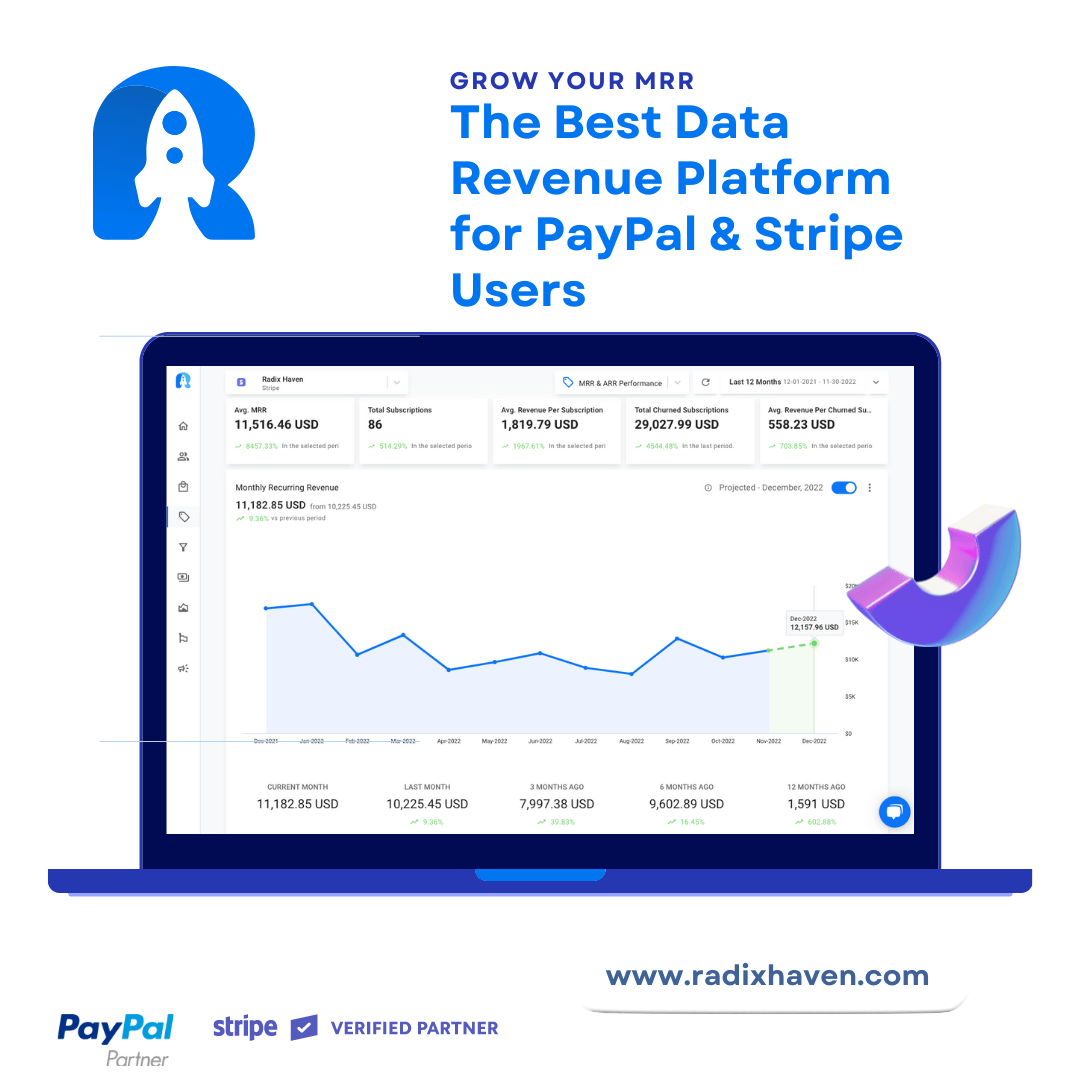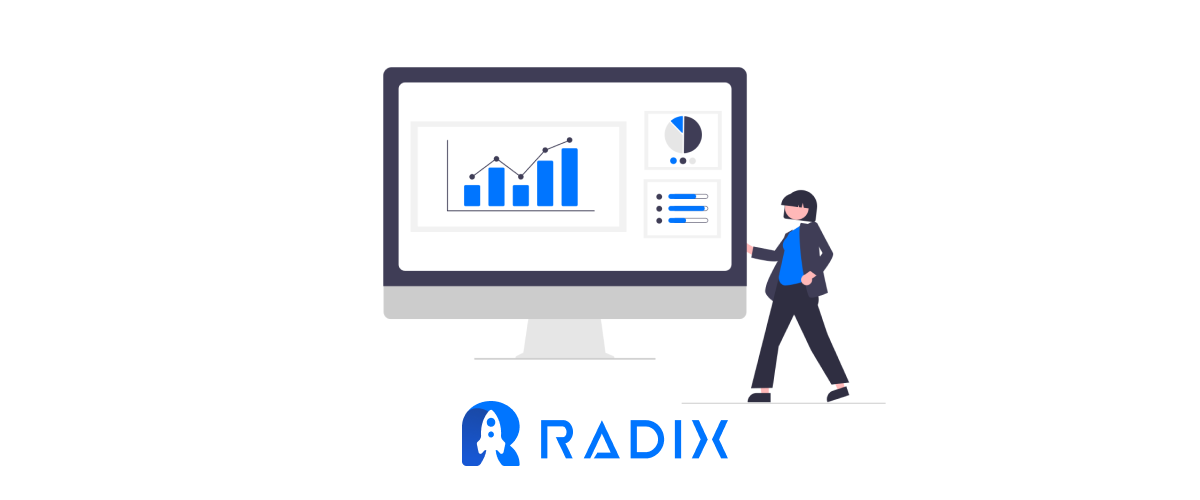Tracking SaaS Metrics is essential for the growth of any Software as a Service (SaaS) company. Metrics such as Monthly Recurring Revenue (MRR), Churn Rate, and Customer Acquisition Cost (CAC) provide critical insights into the health of a SaaS business. However, tracking these metrics can be tricky, and many companies make mistakes that can lead to inaccurate data and poor decision-making. In this article, we will discuss five common mistakes to avoid when Tracking SaaS Metrics.
Mistake #1: Not Defining Your Metrics Clearly
One of the biggest mistakes that SaaS companies make when Tracking SaaS Metrics is not defining their metrics clearly. Metrics should be specific, measurable, and tied to business goals. For example, MRR is a commonly used metric, but it can be calculated in different ways. Some companies may include one-time fees or discounts in their MRR calculations, while others may not. This can lead to confusion and inaccurate data.
To avoid this mistake, define your metrics clearly and ensure that everyone in your organization understands how they are calculated. Create a standard definition for each metric and document it. This will help ensure that everyone is on the same page and that data is consistent across the organization.
Mistake #2: Focusing Only on Vanity Metrics
Another common mistake that SaaS companies make when Tracking SaaS Metrics is focusing only on vanity metrics. Vanity metrics are metrics that may look impressive but do not provide meaningful insights into the health of your business. Examples of vanity metrics include social media likes, website traffic, and app downloads.
While these metrics can be useful, they should not be the sole focus of your tracking efforts. Instead, focus on metrics that provide insights into the key drivers of your business, such as MRR, Churn Rate, and CAC. These metrics will give you a better understanding of the health of your business and help you make data-driven decisions.
Mistake #3: Not Tracking Metrics Consistently
Consistency is key when Tracking SaaS Metrics. If you are not tracking metrics consistently, you may end up with inaccurate data that can lead to poor decision-making. For example, if you change the way you calculate MRR halfway through the year, it will be difficult to compare data from the first half of the year with data from the second half.
To avoid this mistake, establish a consistent tracking process for your metrics. Decide on the frequency of tracking (e.g., daily, weekly, monthly) and stick to it. Ensure that everyone in your organization understands the tracking process and follows it consistently. This will help ensure that your data is accurate and can be used to make informed decisions.
Mistake #4: Not Taking Action on Metrics
Tracking SaaS Metrics is only useful if you take action on the insights you gain. Many SaaS companies track metrics but fail to take action on the data. For example, if you see that your Churn Rate is increasing, you need to take action to reduce churn. Otherwise, your business will suffer.
To avoid this mistake, use your metrics to identify areas for improvement and take action to address them. For example, if your CAC is too high, consider adjusting your marketing strategy or targeting a different audience. By taking action on your metrics, you can improve the health of your business and drive growth.
Mistake #5: Not Using Metrics to Inform Strategy
Finally, SaaS companies may make the mistake of not using metrics to inform their overall strategy. Metrics should be used to guide decision-making and inform the direction of your business. For example, if you see that a particular marketing channel is driving a high volume of leads, you may want to invest more resources in that channel.
To avoid this mistake, use your metrics to inform your overall business strategy. Regularly review your metrics and adjust your strategy based on the insights you gain. This will help you stay ahead of the competition and drive long-term growth.
Conclusion
Tracking SaaS Metrics is crucial for the success of any SaaS business. However, it’s important to avoid common mistakes that can lead to inaccurate data and poor decision-making. To avoid these mistakes, define your metrics clearly, focus on meaningful metrics, track them consistently, take action on insights, and use metrics to inform your overall strategy.
If you’re looking for a tool to help you track and analyze your SaaS metrics, consider using Radix. Radix is an all-in-one platform that helps SaaS companies reduce churn and boost overall KPIs. With Radix, you can easily track metrics like MRR, Churn Rate, and CAC, and gain insights into the health of your business. Plus, Radix provides actionable recommendations to help you address areas for improvement and drive growth.
In conclusion, Tracking SaaS Metrics is critical for the success of any SaaS business. By avoiding common mistakes and using tools like Radix, you can gain insights into the health of your business, make data-driven decisions, and drive long-term growth.






